The development of a carp hook
Dave Ellyatt looks back at the introduction of the original Cryogen range and considers how the popularity of the Ronnie Rig has brought about further innovation in hook design
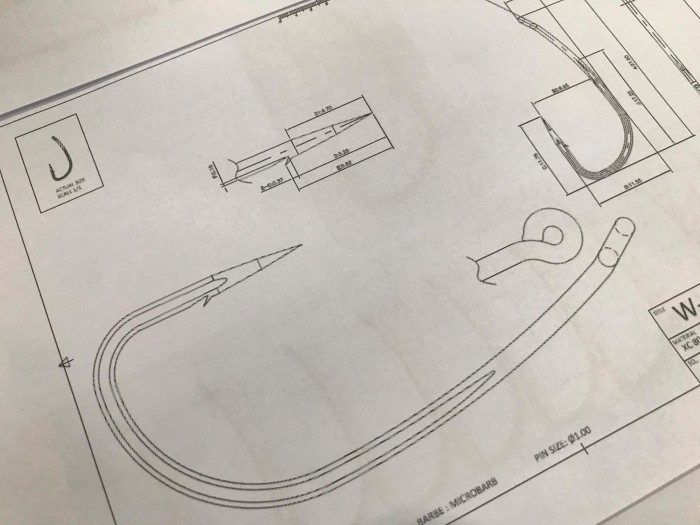
Back in early 2016, ESP launched its first range of Cryogen hooks. These were the culmination of nearly five years’ development and, given the new manufacturing processes used, they were a genuine improvement on any hooks we’d previously produced. Updated techniques and tempering resulted in hooks that were more than 20 percent more efficient in terms of tensile strength and hardness, with no increase in wire gauge. This then, was a range of hooks that were incredibly strong. Their strength, along with the pattern’s hardness made for super-sharp points that were also very durable. The six hooks in the Cryogen range were predominantly refined and improved versions of ESP’s previous Raptor patterns, encompassing most of the mainstream attributes in a comprehensive all-round selection which catered for popular rigs and methods; they have proved hugely successful.
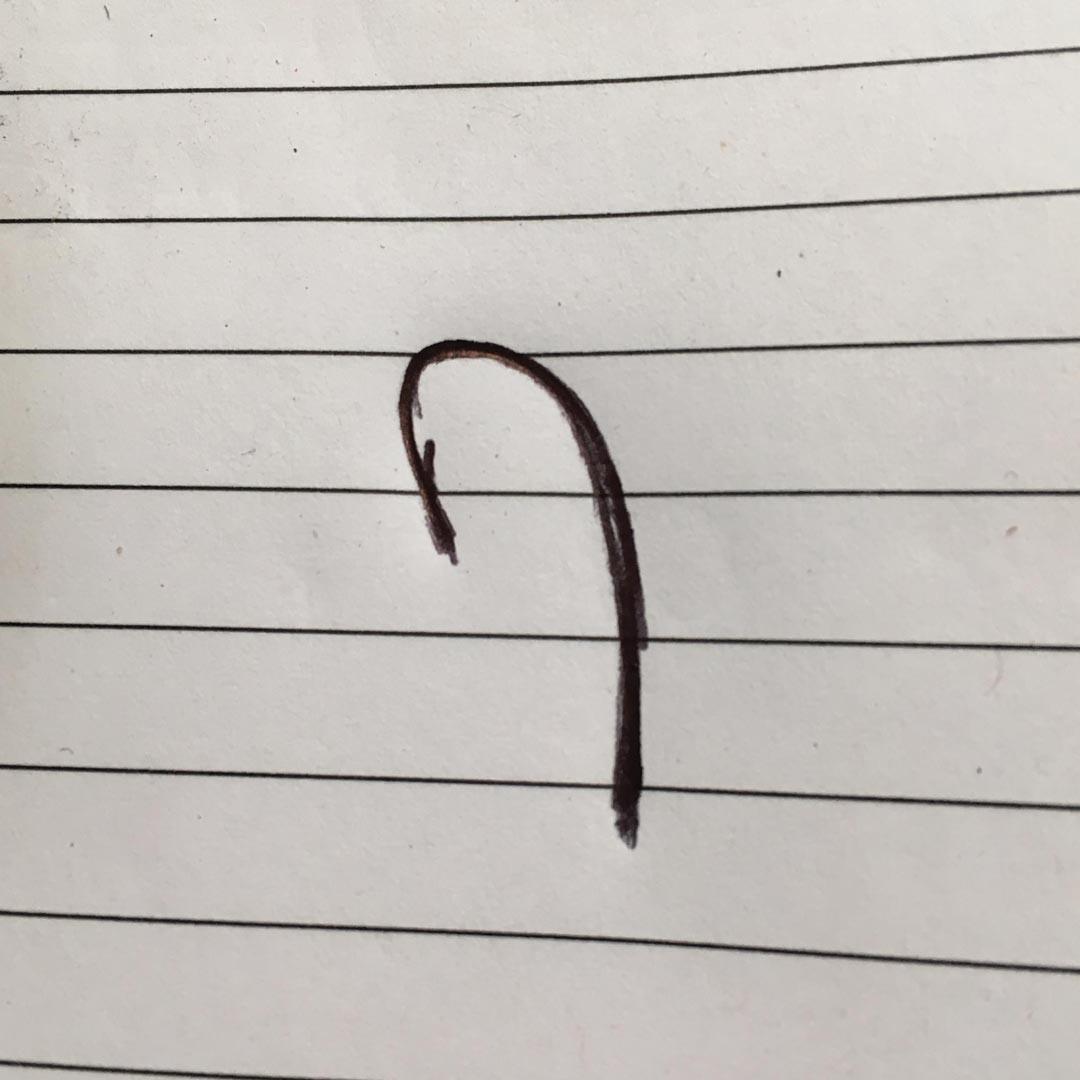
The only pattern missing was a long shank. Our earlier Raptor Long-Shanx were based on the traditional B175 lure hook - much like similar patterns from other companies, with a long, straight shank, in-turned eye and straight point. They were never as popular as other Raptor patterns though - perhaps a little niche and, as such, a type that wasn’t really on our radar when we designed the Cryogen range.
Over the last couple of years, as new methods and trends emerged in our sport, we began to get asked regularly for a long-shanked Cryogen. From a design and manufacturing point of view, it would have been very easy to go down the old faithful, B175 route, make a few tweaks here and there and produce a perfectly functional, traditional lure hook-style pattern using the new Cryogen processes. That though, would have been somewhat short-sighted and we wanted to set the bar a little higher with a more ambitious design…
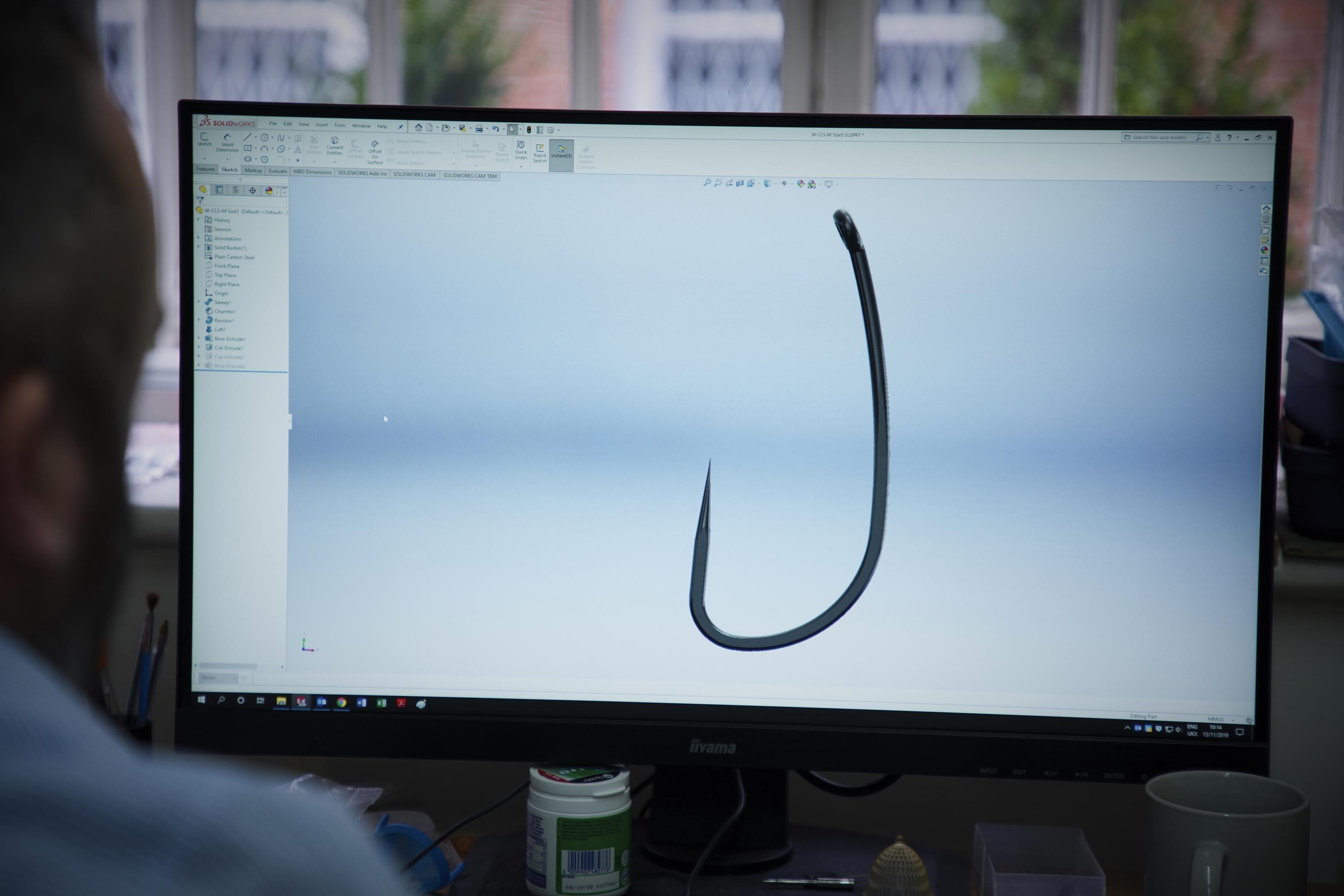
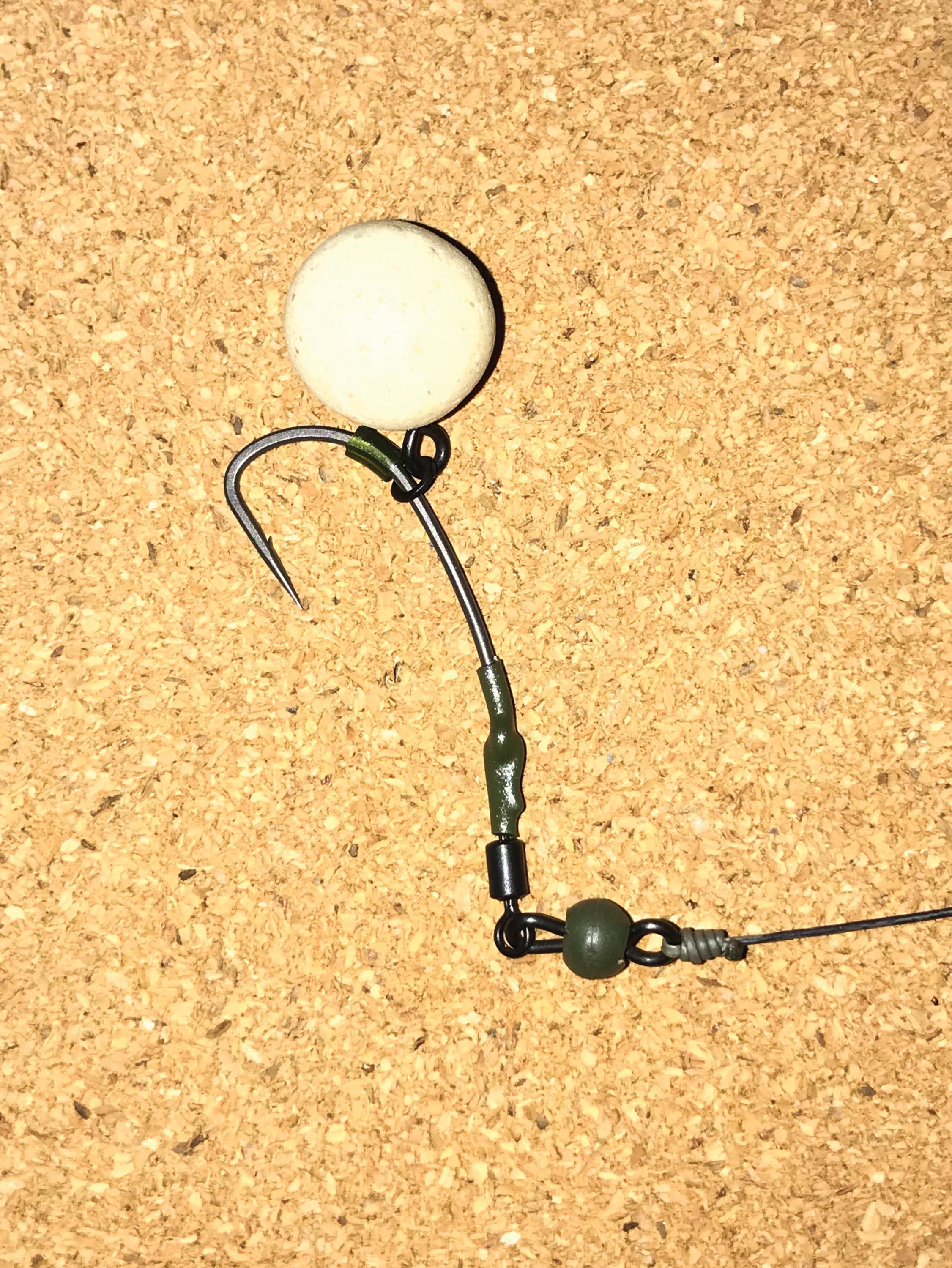
The explosion in popularity of the Ronnie Rig after the Cryogens were first launched was significant and was a major factor in the decision making. Could we create a new pattern that was even more effective for this set-up than the widely adopted curve patterns whilst at the same time, fulfil the requirements that the original Long-Shanx delivered?
What we had in mind was an amalgam that took the best properties of the Curve, whilst making it physically longer, but with a wider gape than the traditional lure-hook styles. With the advancements that the Cryogen process affords in terms of point hardness, we knew this could be optimised in the length. This saw us to produce an even finer, sharper point, without once again, any significant compromise in strength and a few rough doodles later it looked like we had the basis for exactly what we wanted.
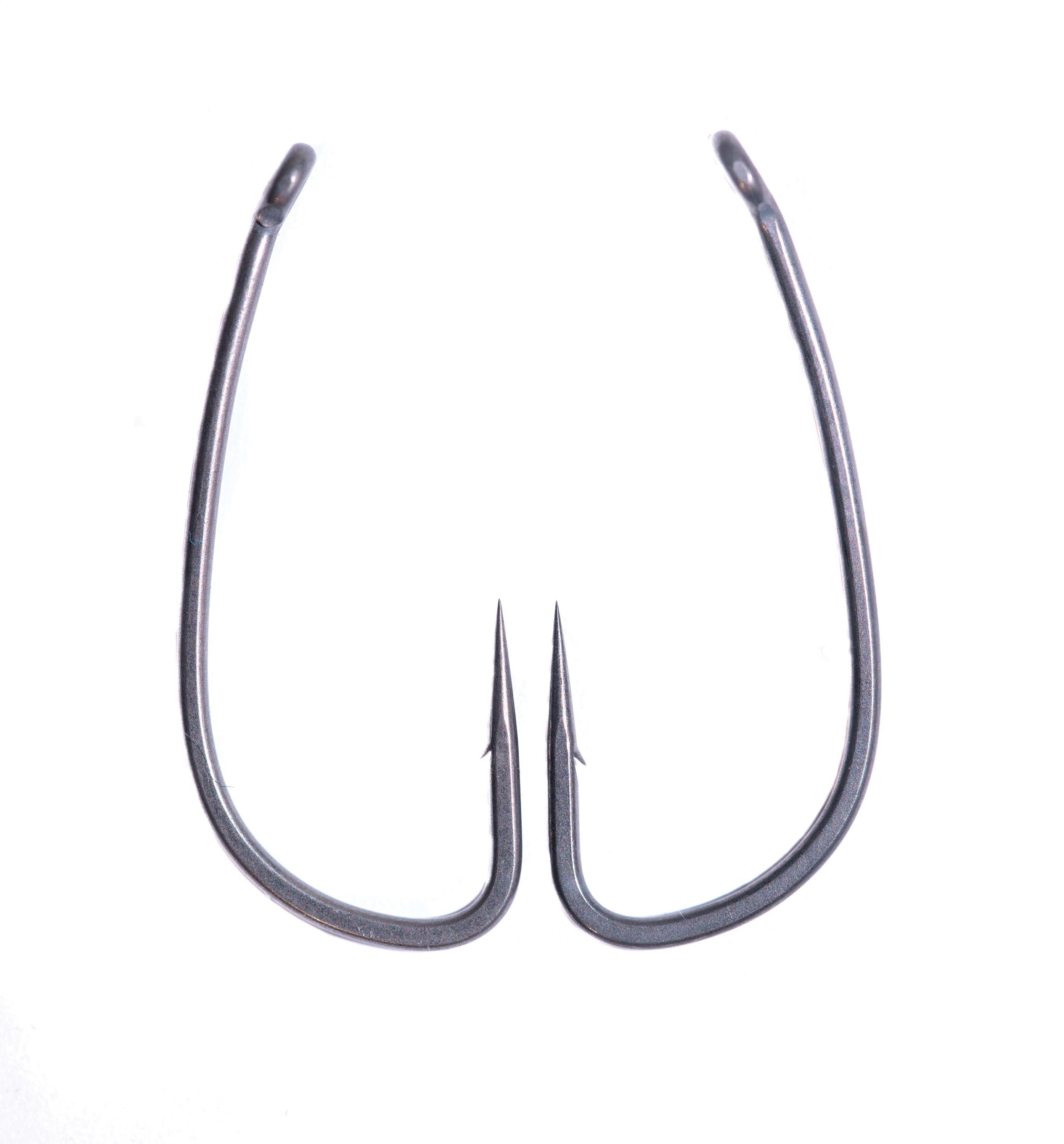
Working with our CAD engineer we soon had a range drawn up, proportionally the same size as the old Raptor Long-Shanx, in corresponding wire gauges, but with a much more aggressive shape, and a longer, considerably sharper point. Initial impressions were very good, but we toyed with the sizing and proportions until they looked just right and we had a family of five sizes which ticked all the boxes - at least on paper!
The next step was to get samples made, based exactly on our technical drawings. Initially this was with just the largest, the size 4. A few months passed before notification was received that the samples had been made. From the photos, they looked very promising indeed and a short while later - just after Christmas 2018 - a small box arrived…
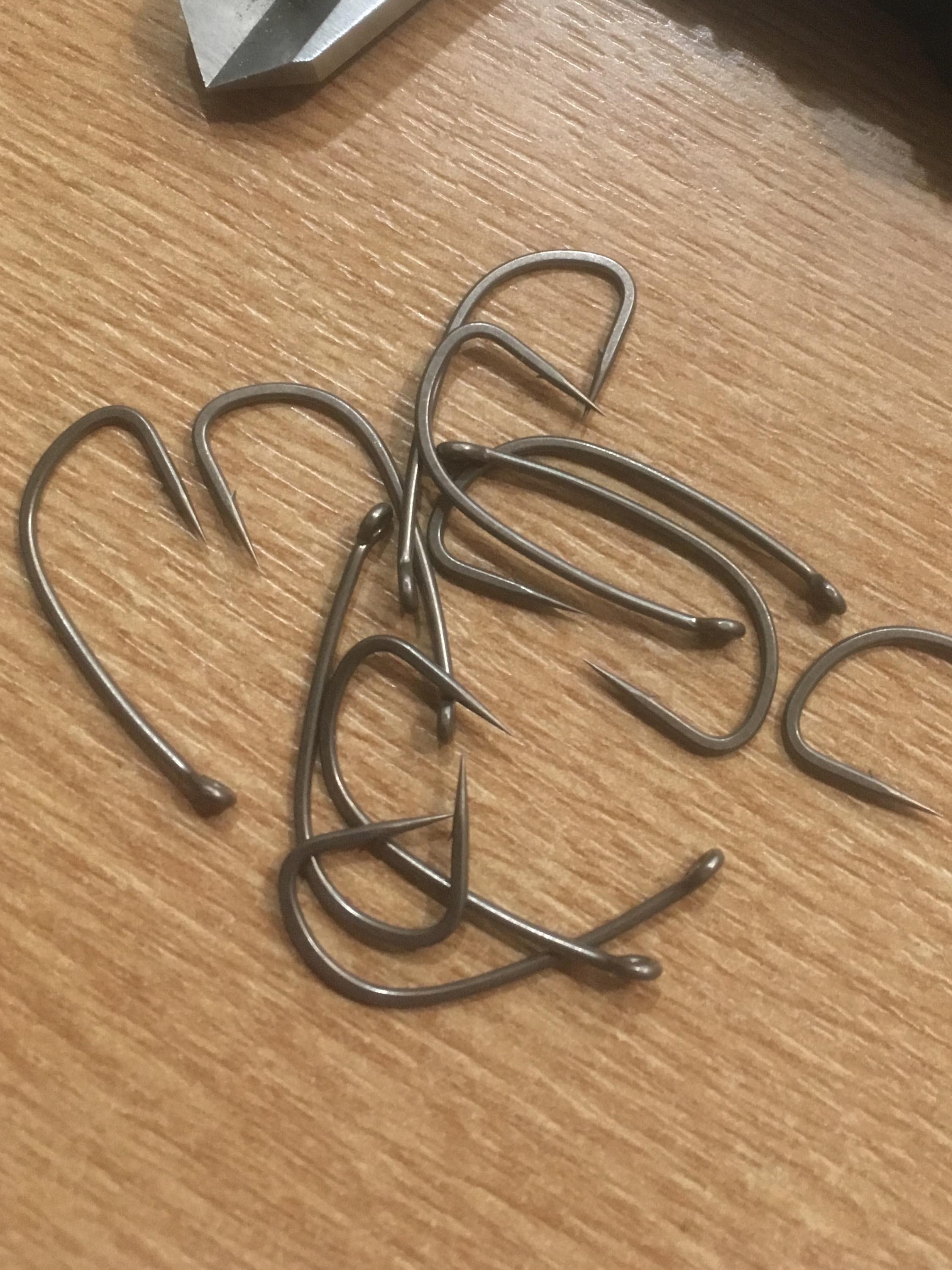
First impressions were very good. Proportionally they looked sound; the shape looked mega-aggressive and after tying up a few, bottom-bait fashion, they flipped and pricked instantly during palm tests - even without a kicker or shrink tube. The subtle sweeping curve of the long shank combined with a gentle, nine-degree, in-turned eye; long point section and wide gape all created a shape which naturally ‘triggered’ and then ‘hammered’ the point home as the hooklink tensioned. In terms of strength, they had just the right amount of spring - that inbuilt shock absorber that results from the combination of the correct high carbon steel, and forging and tempering that produces finished hooks that are neither too brittle, or too soft.
On Ronnies they just looked perfect from the off, with the subtle curve in the extended shank presenting the point in a more upright, yet still claw-like attitude. The only flaw was the point sharpness. They didn’t feel quite 100 percent and there was a little too much ‘meat’ above the point where the fast taper ran out too quickly, which resulted in a point that was sharp, but fractionally stubby, so there was room for improvement on this most important aspect.
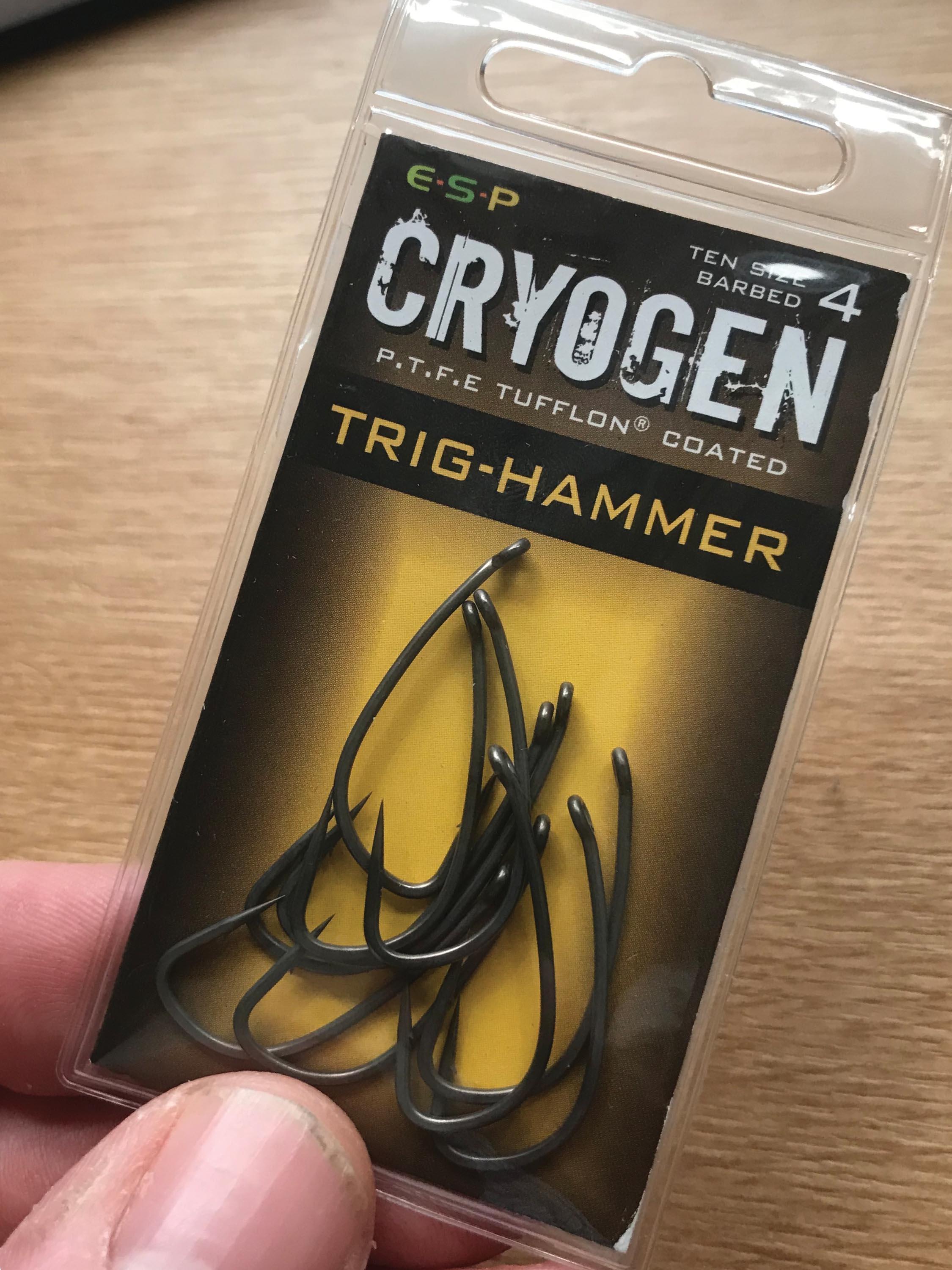
“We adjusted the point length/wire diameter ratio, which would fine it down and hopefully create the hypodermic sharpness that’s become such a critical requirement of today’s discerning angler.”
We adjusted the point length/wire diameter ratio, which would fine it down and hopefully create the hypodermic sharpness that’s become such a critical requirement of today’s discerning angler. A report with revised drawings was duly sent and the manufacture of a second wave of samples - this time in multiple sizes – was underway.
The obligatory couple of months passed before notifications were received. The photos looked promising before the moment of truth finally arrived. Were the points sharp enough? The first box I checked was the size 4s, so I could compare them with the initial samples. I reached into the bulk bag of 1,000 to take a few out at random… ouch! They certainly felt sharper and I proceeded with more care. I picked one up and the standard finger-skin tests instantly drew a pinprick of blood before the fingernail tests proved them also ‘sticky sharp’. The point profile was long, fine and clinically needle-like and looked exceptionally good - far superior to the first samples. The slick, PTFE-surface finish was also in just the right shade of dark grey - which undoubtedly helps improve penetration. As an aside, a lot of people reading this might not know that ESP was the first mainstream company to launch PTFE-coated (Teflon) carp hooks on the market, with the Big-T Raptors way back in 2001, thereby setting an industry standard.
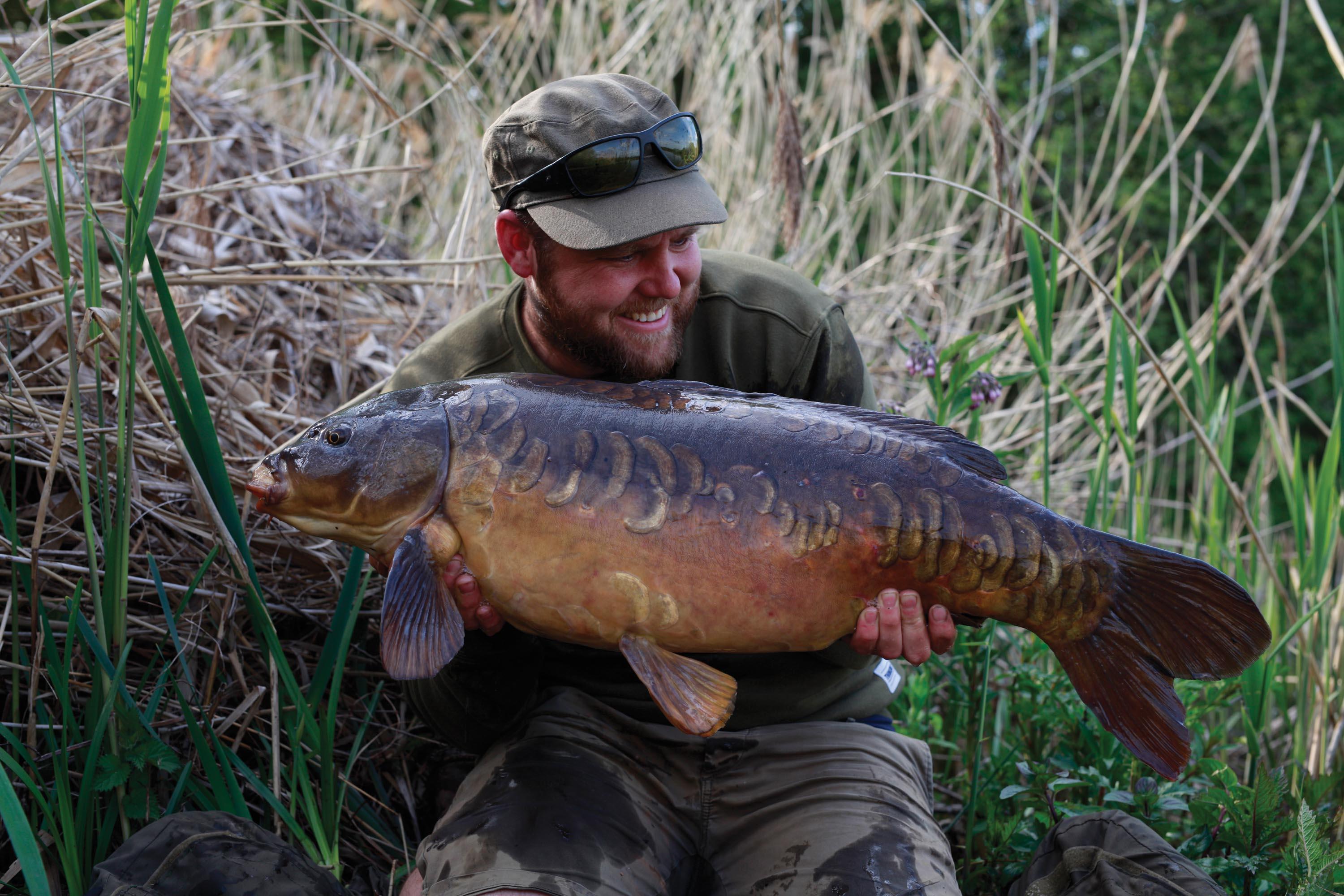
Checking more samples under a high-powered microscope confirmed their consistency and all the sizes provided the same degree of refined sharpness. Physical proportions across the whole range looked spot on and I was excited to send them out to a number of anglers that I knew would appreciate them, and who would also provide honest and constructive feedback.
Of the anglers I sent the full range of sizes to initially, one was a mate: Ross Bancroft. Now Ross has, for a long time, been a committed sharpener of hooks. His collection of files would grace any engineer’s workshop and, as such, he’s ultra-critical when it comes to the sharpness of hooks. He’d just started looking at a large, un-fished reserve with pretty much unknown potential. He knew of an upper-thirty mirror that’d been caught the previous year, but precise details were fairly scant.
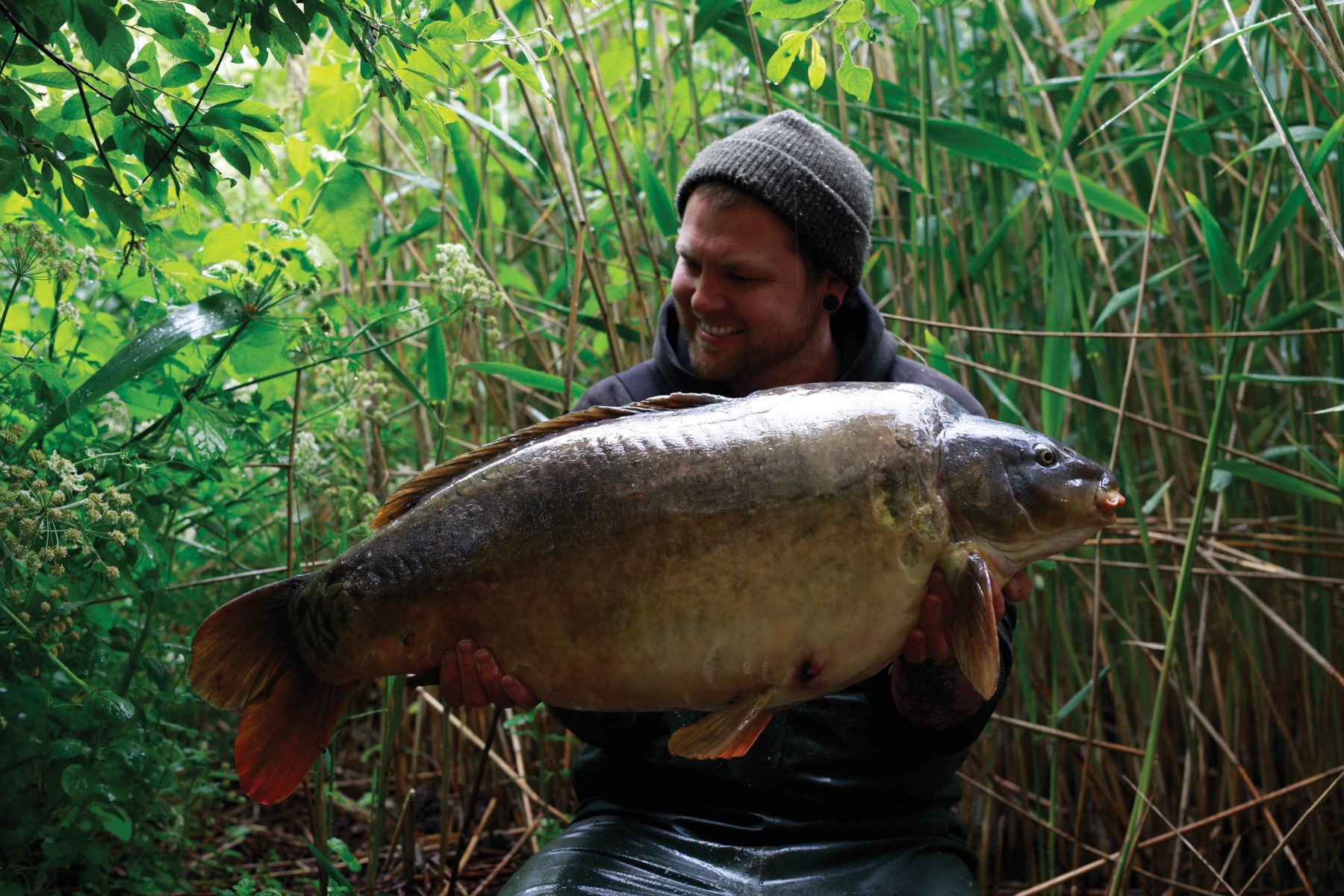
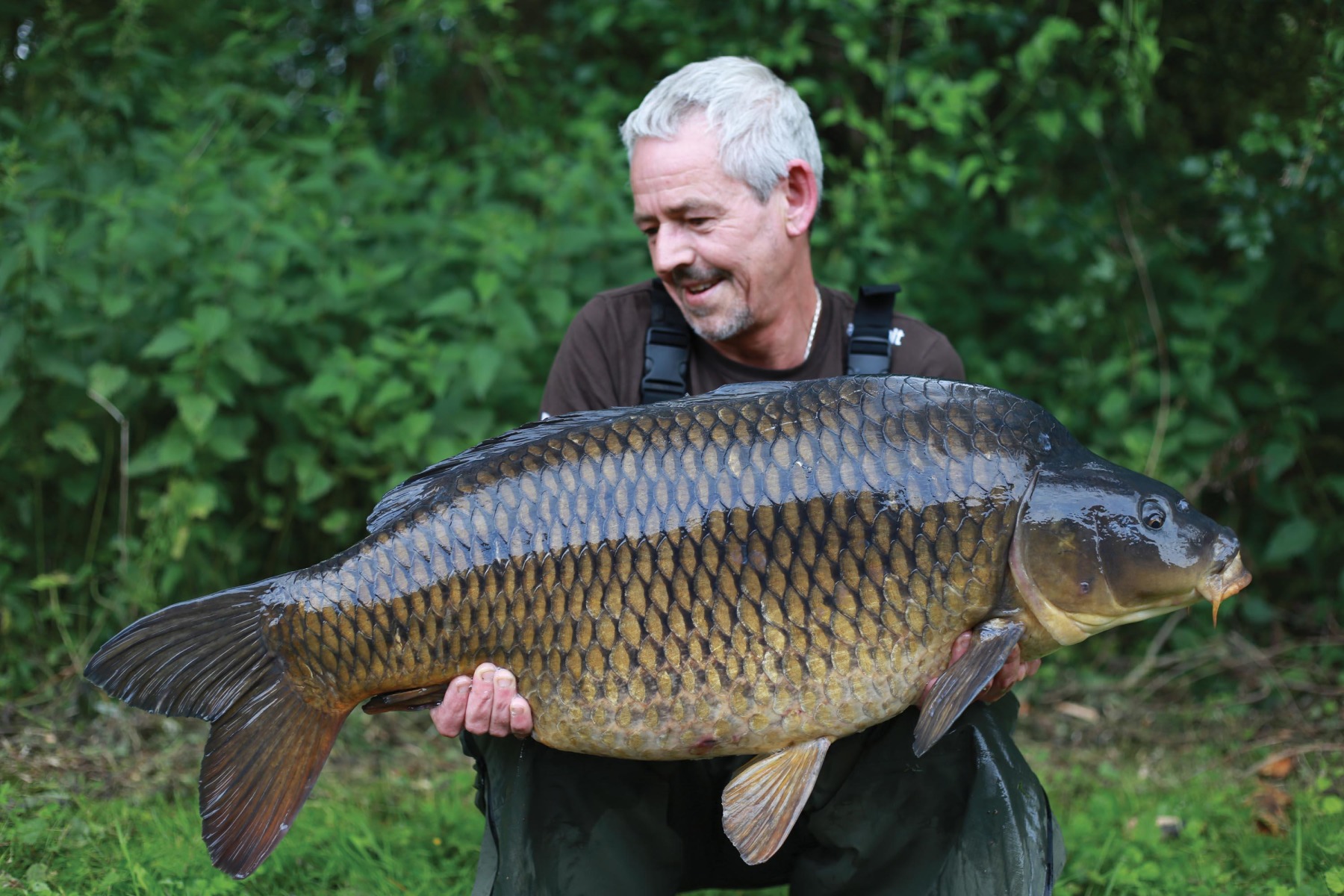
The day after I sent the hooks to Ross, he made his first trip to the reserve. He’d received the hooks that morning and was already enthusing about their sharpness, raving about how he wouldn’t need to get the files out of his tackle box. A quick afternoon session following work, on a pre-baited spot and I received the message out of the blue that after an epic scrap, he’d caught a long, scaly 27lb mirror. This was a completely unknown fish that had possibly never been caught before. He reported how it was securely nailed on one of the new size 5s; this was a very promising start indeed.
Ross returned the following day, again for just for a few hours after work and amazingly, within a very short space of time he had a whacking great mirror in the net… all 41 pounds of it! After that, they just kept coming. Baiting and fishing the reserve according to optimum conditions, at the time of writing, he’s now accounted for eight different carp. These include a different 41lb mirror and the average weight of the carp is well over 30lb. All the fish have been caught on Ronnie Rigs with the size 5 Trig-Hammers and Ross has reported that the hook-holds have been consistently impressive.
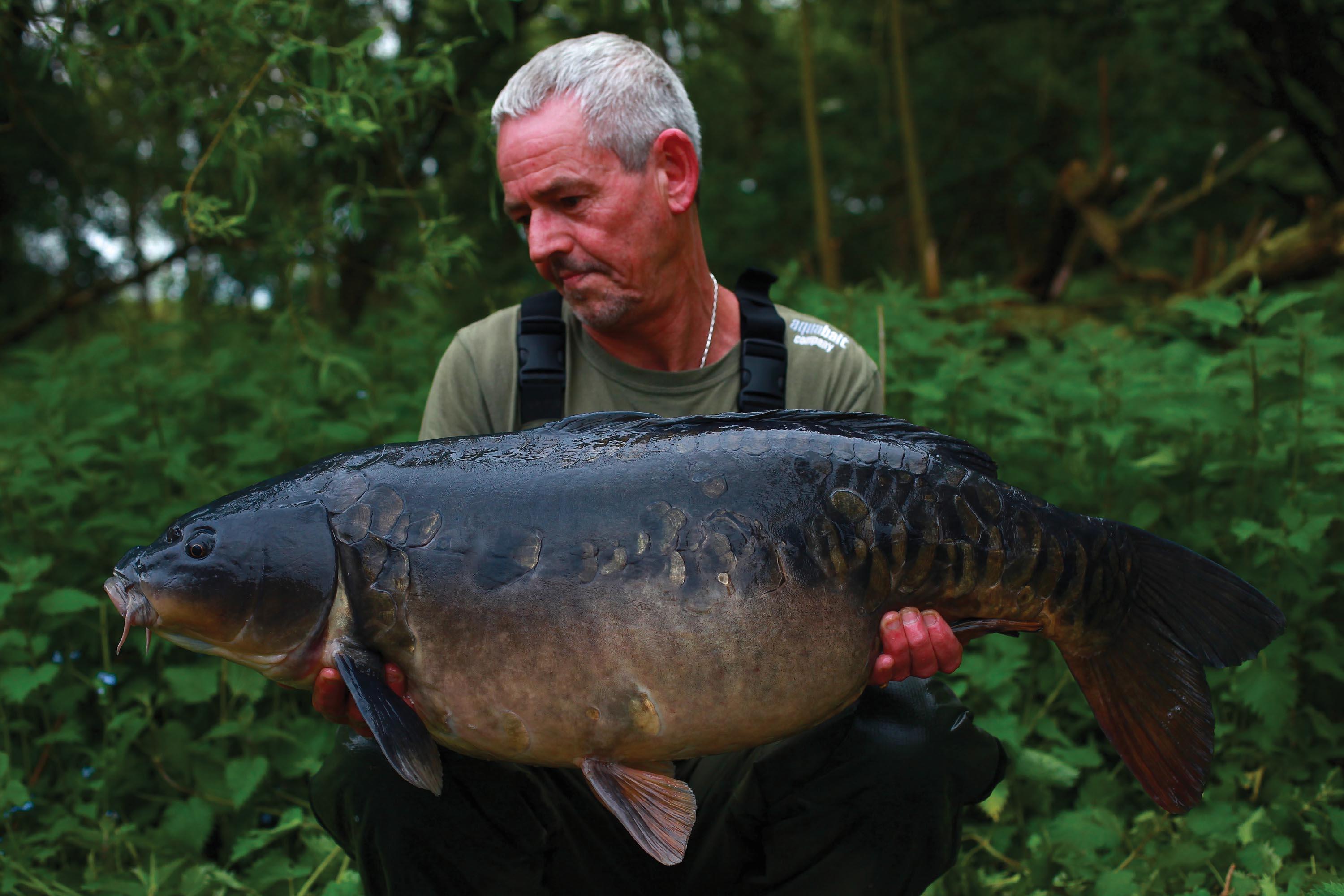
The above is just one example, but other lads I sent them to were similarly impressed and all caught on them from the off - Phil Buckley, Alex Grice, Spencer Butler, Tim Harris, Rogier Smit and Tom White, and these are all good anglers with a critical eye. Even Tel loved the points and although he’s not really a long-shank buff, his attention to detail on point sharpness is second-to-none.
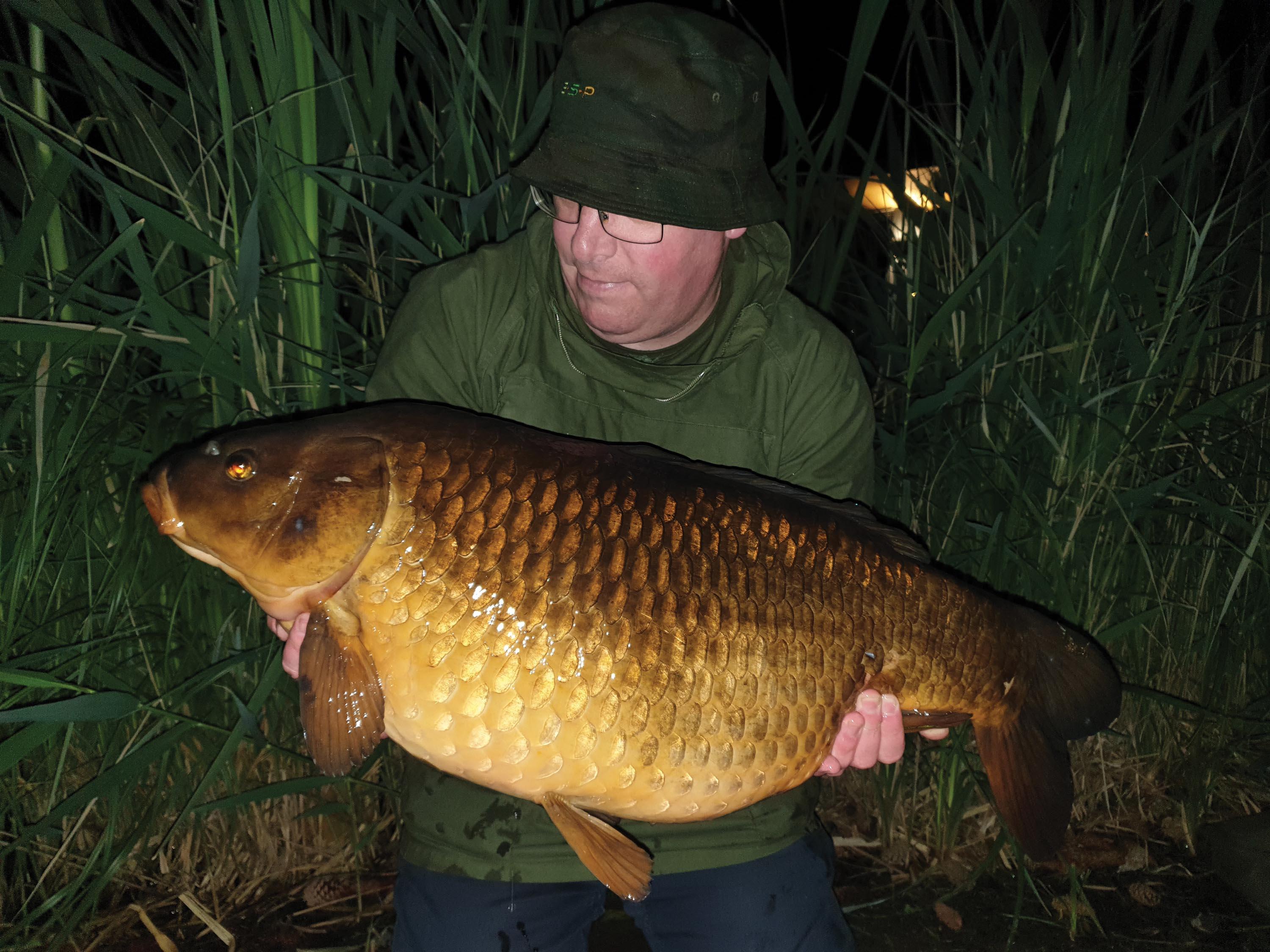
The Trig-Hammer is probably the Cryogen pattern I’ve been most happy with and I too, have caught a few on them, on Ronnies with the 5s and Slip D bottom-bait rigs with the 6s for boilies and 7s for tigers. The range also includes the aforementioned size 4, along with a size 8. We’ve created a hook which makes the Ronnie Rig even more effective; the way they flip and penetrate, and the resultant hook-holds on bottom-bait rigs means these are a true all-rounder.
DAVE ELLYATT



